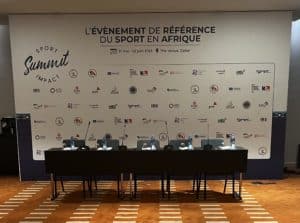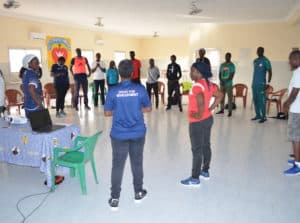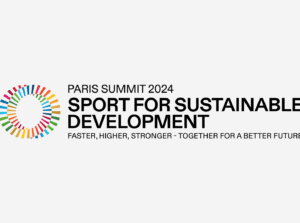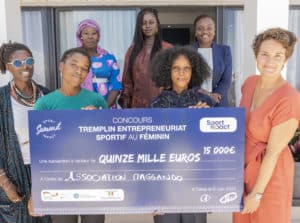
Strengthening institutions’ commitment to sport for development
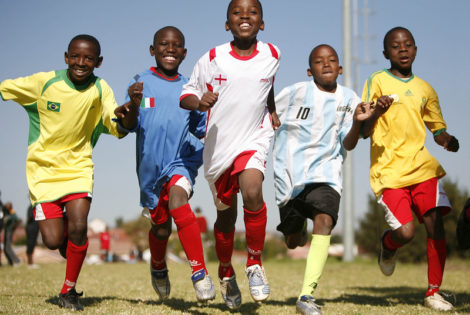
Like many sports organisations, several major institutions now agree that sport can contribute to the Sustainable Development Goals (SDGs). To ensure that sport, as a lever for development, reaches its full potential, it is crucial that coordination is improved, the effectiveness of sport for social impact programs are guaranteed, and resources are mobilised. Among the various actors, international and financial institutions can play a leading role.
UNESCO at the forefront
As the leading United Nations agency for sports, integrity in sports and physical education (PE), UNESCO promotes sport as a tool for sustainable development, social inclusion, and gender equality. The organisation advises Member States on effective sports policies, encouraging them to systematically invest in sport and PE as high impact solutions to build healthier and more resilient societies.
“With our intergovernmental platforms CIGEPS and MINEPS, our outreach, and our ever-growing connections, we are bringing together key stakeholders […] to achieve truly amazing development goals, and develop the indicators to prove it”, says Gabriela Ramos, Assistant Director-General for Social and Human Sciences of UNESCO.
“In alignment with the Kazan Action Plan, our goal is to bring a comprehensive vision to sustainable development through sport”, she adds. Thus, the Fit for Life initiative was designed to accelerate the post-Covid recovery and address three major contemporary crises: the decline of physical health, the deterioration of mental well-being, and the increase of inequalities. UNESCO has also joined the Coalition for sustainable development through sport, which aims to encourage investment in sports projects with social impact.

Mobilising resources
According to Ramos, grassroots organisations are aware of the positive impact of sport on sustainable development and sports ministers are starting to realise this. However, “development banks and financial sectors of most governments have some way to go”.
Nevertheless, some financial institutions are now supporting Sport & Development (S&D) projects. For example, the French Development Agency (AFD) has made sports one of its strategic lines of action and launched several calls for projects to promote sport as a development tool in Africa. AFD and the German Development Cooperation (BMZ/GIZ), in partnership with FIFA, have also funded the Sport for Mental Health and Social Cohesion (SMHSC) programme. 13 projects designed to address the negative social impacts of the HIV pandemic through sport were supported.
GIZ is among the pioneering development agencies in S&D, as evidenced by one of its flagship projects: ‘Sport for Development in Africa’ (S4DA). Launched in 2014, this multi-country project aims to improve the development prospects of children and youth in terms of education, employment and socio-economic development, health, gender equality and peaceful coexistence through sport.
AFD has also initiated the Coalition for sustainable development through sport (CSDS), which aims to strengthen financial means, investments and expertise in the field, in line with the SDGs. The Coalition brings together, among others, the West African Development Bank (BOAD), the Japan International Cooperation Agency (JICA) and the Istituto per il Credito Sportivo (Italy). To achieve its objectives, it relies on the Sport en Commun platform, which handle the secretariat. Within the CSDS, UNESCO coordinates a working group whose objective is to create a safe investment environment for potential partners in sport for development.
Indeed, the organization is working to promote a new model of funding: the Social Outcomes Contracting (SOC). This contract allows funding providers to see, through clear and empirical measures, the outcomes (including social and educational ones) from investing in sport. Ramos hopes that this tool will encourage systematic investments in sport and PE as part of the recovery plans.
The above-mentioned initiatives are part of an encouraging dynamics. Simultaneously, the Corporate Social Responsibility (CSR) approaches adopted by many international sports institutions, such as the International Olympic Committee and FIFA, help maximise the social impact of sport. Thus, developing synergies between sport and international development, including on environmental, integrity and governance issues, is an essential condition to make sport a real vector of change.



